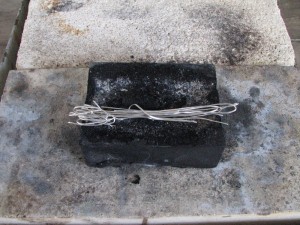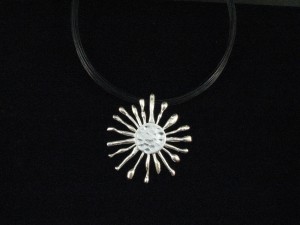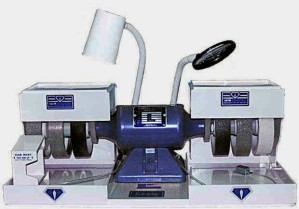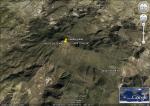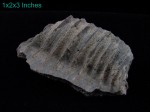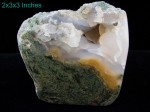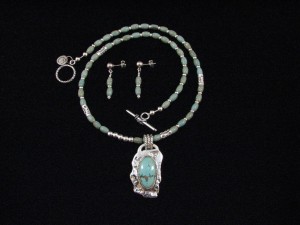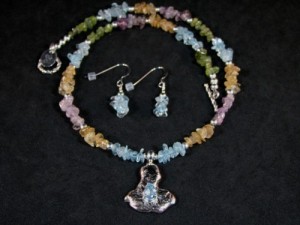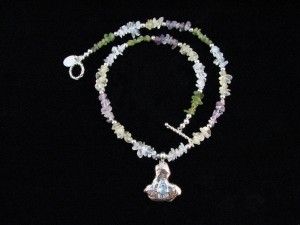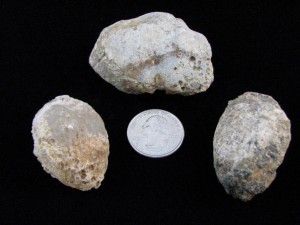This blog describes how you can build an inexpensive diamond lapidary grinder that will economically handle a lot of grinding tasks that should never be done on diamond wheels. Any lapidarist quickly learns that using diamond grinding wheels is expensive because diamond coatings are thin and wear off relatively fast.
It’s necessary to use expensive grinding wheels when the stone surface requires minimal scratches and is being prepared for sanding and polishing. But here are some grinding tasks where scratches are not an issue and they can be done on the grinder described in this blog:
- Removing saw tabs from the corner of slabs
- Grinding away opaque skin from agates to expose features
- Shaping rough so it fits slab saw vices
- Squaring rough to enable a usable first cut slab
- Removing any unwanted matrix from rough stones
Diamond wheel coatings are only a few microns thick. Compare this with masonry saw blade diamond deposits of 1/8 to 1/4 inch thick which is several hundred times more than on wheels. Saw blades are only 1/32 inch wide but if grouped together with spacers in between, you can create a wide grinding surface. The photo here shows a simple grinder with 6 seven inch blades separated by water hose washers between each blade. Spacing between blades is about 1/8 inch but you will find that this is not noticeable when grinding. The width of the 6 blades is about 1 inch. The grinder runs quietly and aggressively removes material. You can install water spray to control dust but a simpler alternative is to use a water spray bottle. It’s a good idea to always wear a dust mask.
Components for this grinder are:
- Six 7 inch masonry diamond blades ($8 each if you shop around)
- Water hose washers for spacers
- Used 1800 rpm motor
- Lortone Splash Shield ($50 unless you build your own)
- Motor shaft grinder adapter ($10)
Assuming you have a used motor, you can build this grinder for about $110. And, it’s only $60 or so if you build or have your own splash shield.
Share your ideas on how to be more cost effective when doing lapidary work. With the price of equipment and materials these days, we all need more good ideas.


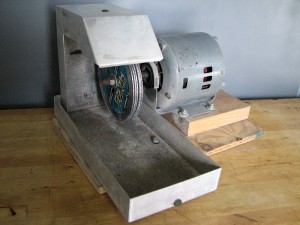
 You can purchase this tumbler at Harbor Freight for about $30 on sale. It has a rubber barrel and measures about 5 inches x 5 inches. It runs quietly and at low speed. Click this link for more details:
You can purchase this tumbler at Harbor Freight for about $30 on sale. It has a rubber barrel and measures about 5 inches x 5 inches. It runs quietly and at low speed. Click this link for more details:
